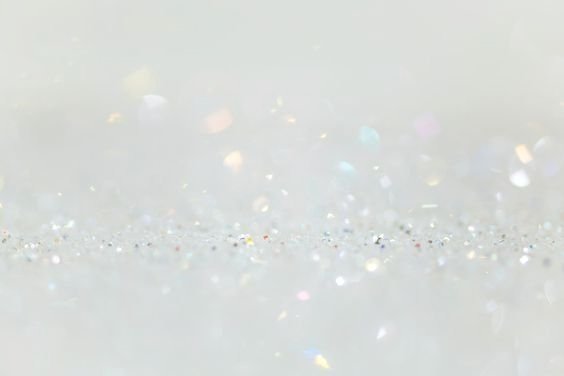
Flower Language
For hundreds of years, flowers have been a way to communicate and to show how we feel. But how much do you actually know about the language of flowers?
Did you know different colors of roses mean different things?
Different emotions and symbolisms run root deep in nature. Flowers are no exception.
The language of flowers has been recognized for centuries in many countries throughout Europe and Asia. They even play a large role in William Shakespeare’s works. Mythologies, folklore, sonnets, and plays of the ancient Greeks, Romans, Egyptians, and Chinese are peppered with flower and plant symbolism—and for good reason.
Whether you’re giving flowers to a mother for Mother’s Day, a friend on their birthday, or a beloved on Valentine’s Day, nearly every sentiment imaginable can be expressed with flowers. The orange blossom, for instance, means chastity, purity, and loveliness, while the red chrysanthemum means “I love you.”
Learning the special symbolism of flowers became a popular pastime during the 1800s. Nearly all Victorian homes had, alongside the Bible, guidebooks for deciphering the “language,” although definitions shifted depending on the source.





